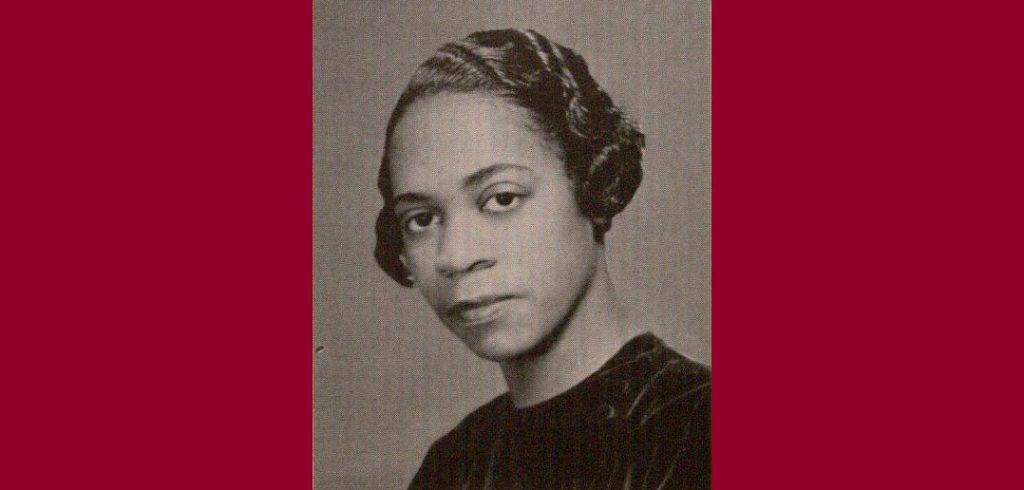“Marie Clark Taylor’s accomplishments, which include many ‘firsts,’ [are] a testament to her undying passion and love for science and education,” wrote Wendy Hodgson, herbarium curator emerita and senior research botanist at Desert Botanical Garden in Phoenix. “That there are so many firsts reminds us of how difficult it was for women, especially women of color, to pursue careers in science.”
Born in Sharpsburg, Pennsylvania, five miles northeast of downtown Pittsburgh, Taylor enrolled at Fordham after earning a B.S. in education and an M.S. in botany from Howard University. Her doctoral research and dissertation on how light influences plant growth not only influenced her own methods as a biology teacher at Cardozo High School in Washington, D.C., but also proved invaluable years later as she emphasized the use of botanical materials and light microscopes to help students investigate living cells.
Taylor continued teaching at Cardozo until 1942, when she left to join the war effort as a staff assistant for the Army Red Cross. While stationed in New Guinea, she met fellow D.C. resident Richard Taylor, who was serving in the all-Black 93rd Airborne Infantry Division, and they were married in 1948—nearly three years after she joined the faculty at Howard University. In 1950, just after Howard’s final exams wrapped, Taylor gave birth to their only child, a son named Duane. (Her students reportedly joked that she’d planned the birth to follow exams so it wouldn’t interrupt the semester—such was her devotion to teaching.)
Advancing Scientific Scholarship
When she returned to D.C., in 1945, Taylor joined Howard’s Department of Botany as an instructor and was quickly promoted first to assistant professor and then to serve as the department’s first chair, a position she held until her retirement in 1976. And the department flourished under her leadership. Not only was she responsible for guiding the design and construction of the Ernest E. Just Hall building and greenhouse, she helped train generations of botanists and was an adviser to doctoral candidates. In recognition of her “tremendous contributions” to the university and its students, Howard named an auditorium in her honor and established a scholarship fund in her name to benefit women in the sciences.
Taylor may have found a home in Howard’s botany department, but that didn’t stop her from branching out to share her affinity for teaching—and new ideas on how to do it effectively—with fellow educators. In the 1950s and ’60s, she used grants from the National Science Foundation to fund a series of summer science institutes geared toward high school biology teachers.
During the series, Taylor touted the advantages of using botanical materials to help students grasp biology and understand living organisms. These materials, Taylor rightly argued, were cheaper and more readily accessible than animal specimens. The summer institutes were so successful that word reached President Lyndon B. Johnson, who enlisted Taylor to broaden the reach of the institutes, admitting teachers from not just the United States but overseas as well.
Taylor died on December 28, 1990, at Walter Reed Army Medical Center in Washington, D.C. In Wini Warren’s Black Women Scientists in the United States (Indiana University Press, 1999), Taylor’s former colleague Margaret Strickland Collins, Ph.D., remembers her as “a powerhouse who for almost three decades trained most of the botanists who came out of Howard University, and who worked tirelessly … to improve teacher training in the sciences.”
Reflecting on Taylor’s legacy, Wendy Hodgson of the Desert Botanical Garden wrote, “How different would our world be had societies allowed more women, including women of color, to pursue sciences, contributing different perspectives and ideas so needed to understand a world of amazing complexity?”


